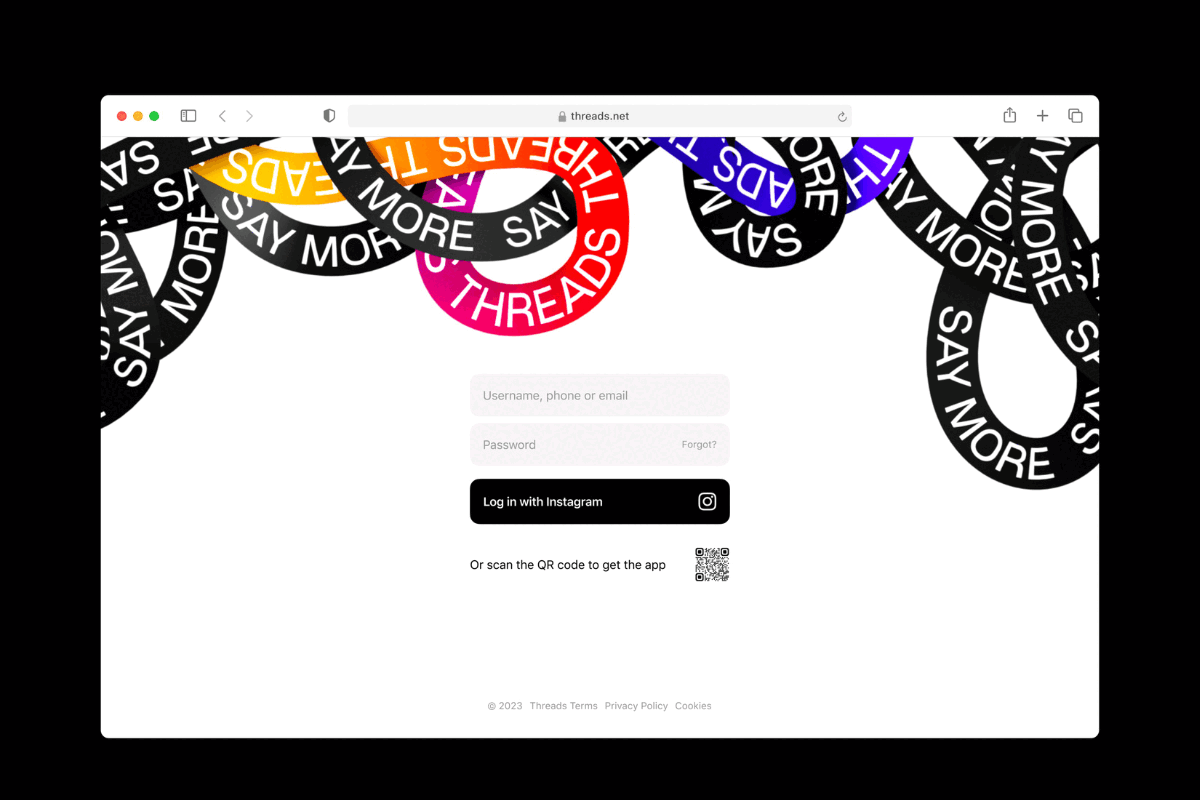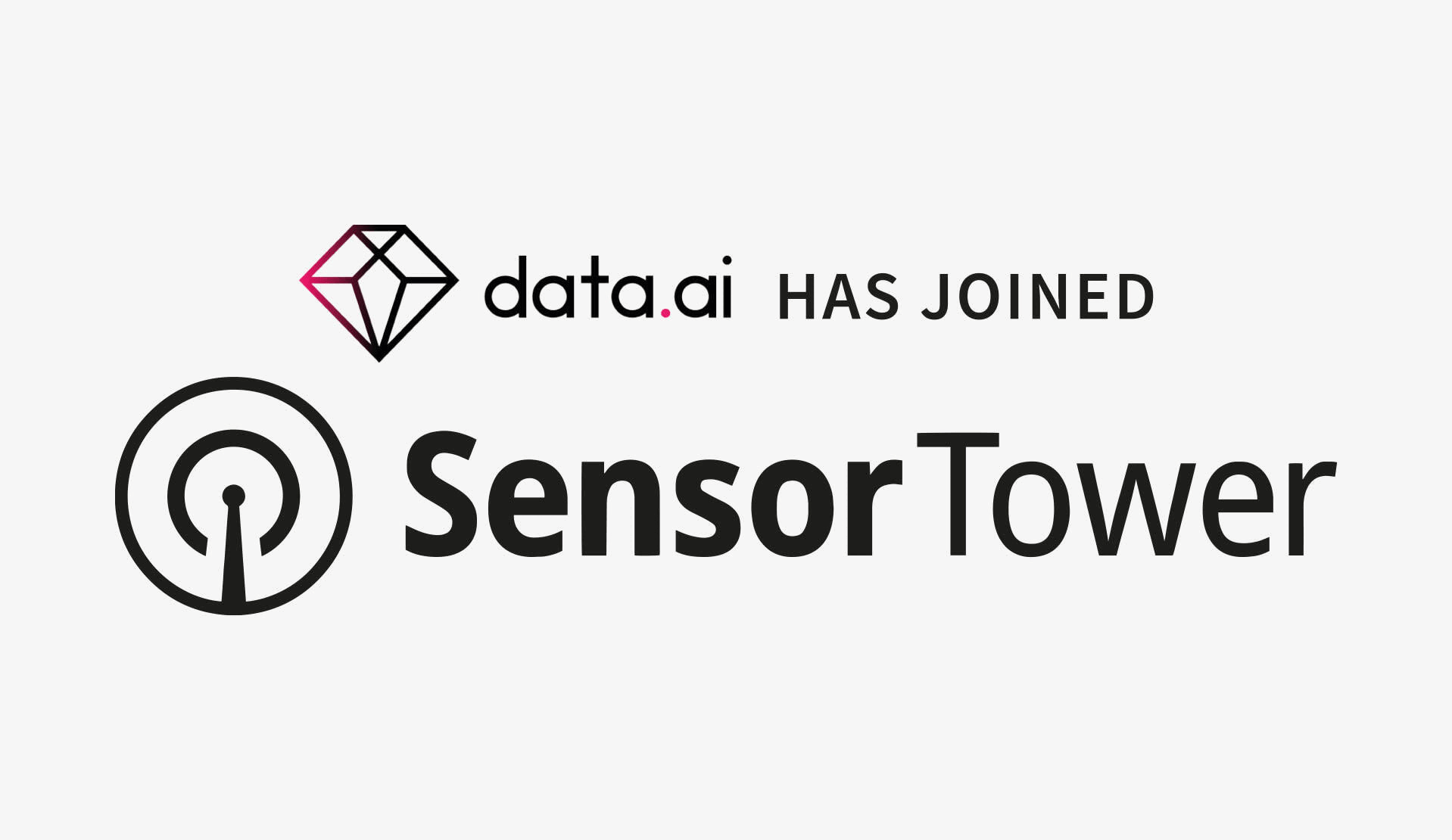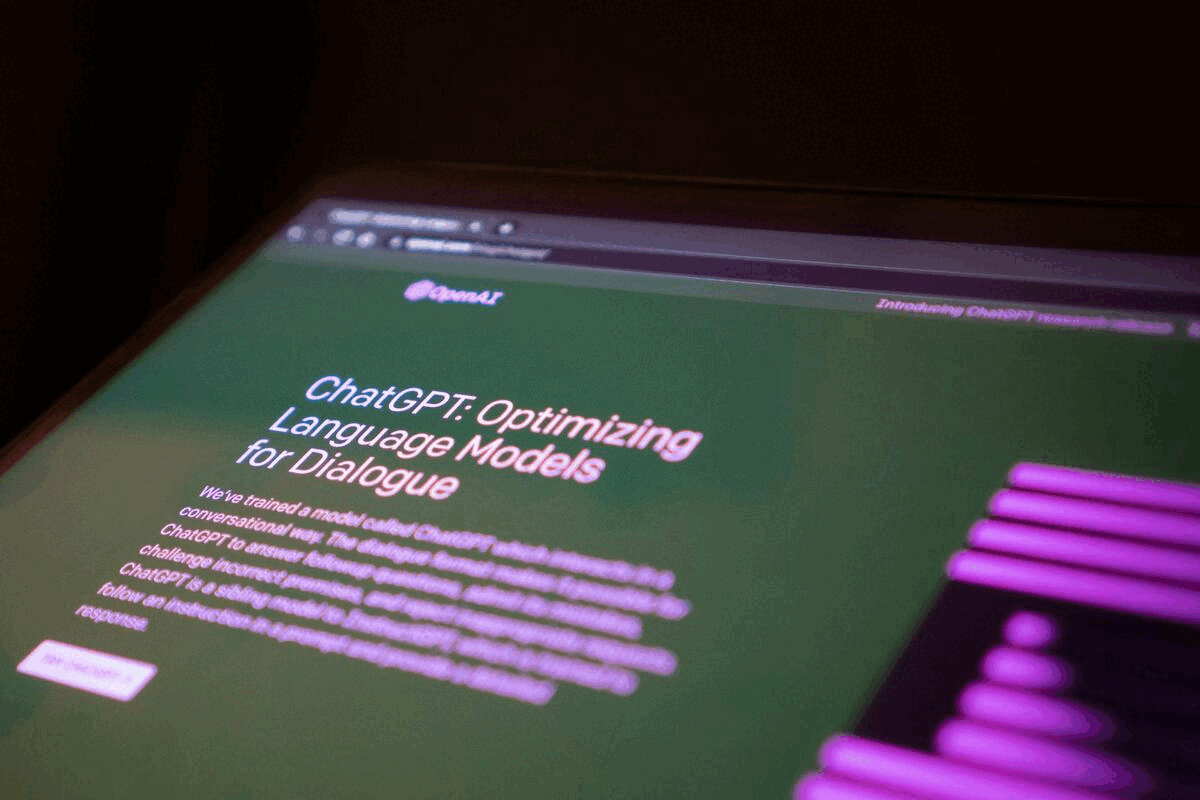Donky Launches After Year-long Beta
- Tuesday, May 12th, 2015
- Share this article:

After 12 months in beta, Donky has officially launched its platform of the same name that combines real-time data interactions and services with marketing automation, including location-based services.
Donky enables two-way messaging in apps and on the web, and as a result of development work undertaken during the beta period, can also enable extensive two-way Internet of Things (IoT) and Over The Top (OTT) services for any native or web-enabled device. The platform integrates with existing marketing systems and can identify users across the entire digital estate to understand who they are and how they connect.
For developers, Donky has several core propositions. These include a complete development platform accessed via real-time, open APIs for the creation of extensive IoT, OTT and messaging services for any native or web-enabled device; a two-way IoT data and messaging network that functions out-of-the-box to deliver capabilities for developers, while providing a complete view of the digital landscape; an open source mentality and developer-friendly set of plug-and-play modular SDKs that offer a wide range of functionality to be integrated or built into bespoke applications and IoT services; and the tools required for the connected world, including comprehensive integration guides and APIs, a robust set of SDKs, and a GitHub community for open source adoption.
For service providers and systems integrators, Donky’s APIs and web services can be used to build their own services, accessing anything Donky has built for its own marketing automation and location services platform.
Donky claims to be the only IoT and marketing automation platform that is specifically built to enable third party solutions, and has been designed as an integrated solution that can be plugged into CRM and third party systems out-of-the-box. It is already being used by email service providers such as Adestra, dotmailer, Strongview and tag management companies including Tealium.
For marketers, Donky enables hyper-personalised, relevant, rich and consistent communication for customers across both apps and online. It can also be triggered from third party systems to allow businesses to create real-time, event-driven communications with their customers.
Modularised offering
During the beta phase, Donky established through feedback that it’s single-SDK solution, while impressive in terms of features and functionality, came with a lot of capabilities that individual enterprise customers did not need, and so the company took the decision to modularise the offering, breaking the SDK down into a series of smaller SDKs with particular capabilities.
“We have taken Donky from a closed-source solution, opened it up and broken it down into the constituent building blocks handling everything,” Donky CFO, John Whittington told Mobile Marketing today. “We now have six SDKs for each OS and this has really opened things up to the developer community. What we had previously was a solution, and when you produce the entire solution, you can only go so far and so deep. Now we are delivering a set of tools to allow other people, developers, to do their own thinking and if you can get a couple of hundred thousand people thinking about it you will get some interesting results.”
Donky has also made the platform available via Github in order to make it more accessible to developers, using open source code that developers can play with without the need for an account with Donky. “Using GitHub also means that any code we have available is auditable and given our focus on financial services and gaming, this is very important,” said Whittington.
The other key development of the platform during the beta period was to extend it beyond two-way messaging to include other types of payload.
“When we started out, it was all around 2-way messaging out of the box, which proved to be amazing for some customers, but not everybody wants this; they want some other payload in their transmissions” added Whittington. “So we have rewritten the APIs to take any data payload, which takes us away from being just a messaging company to a data transmission company and really opens up the world of IoT, because we can transfer anything from one end point to another end point.”
While the platform has developed, the business model remains the same. Users pay to access Donky based on the number of active devices using the service. So if Donky is integrated into a retailer’s app, the retailer pays based on the number of users of the app. Asked how this model would carry across to IoT deployments, Whittington said the pricing model would have to be slightly different, but would retain the notion of simplicity.
















